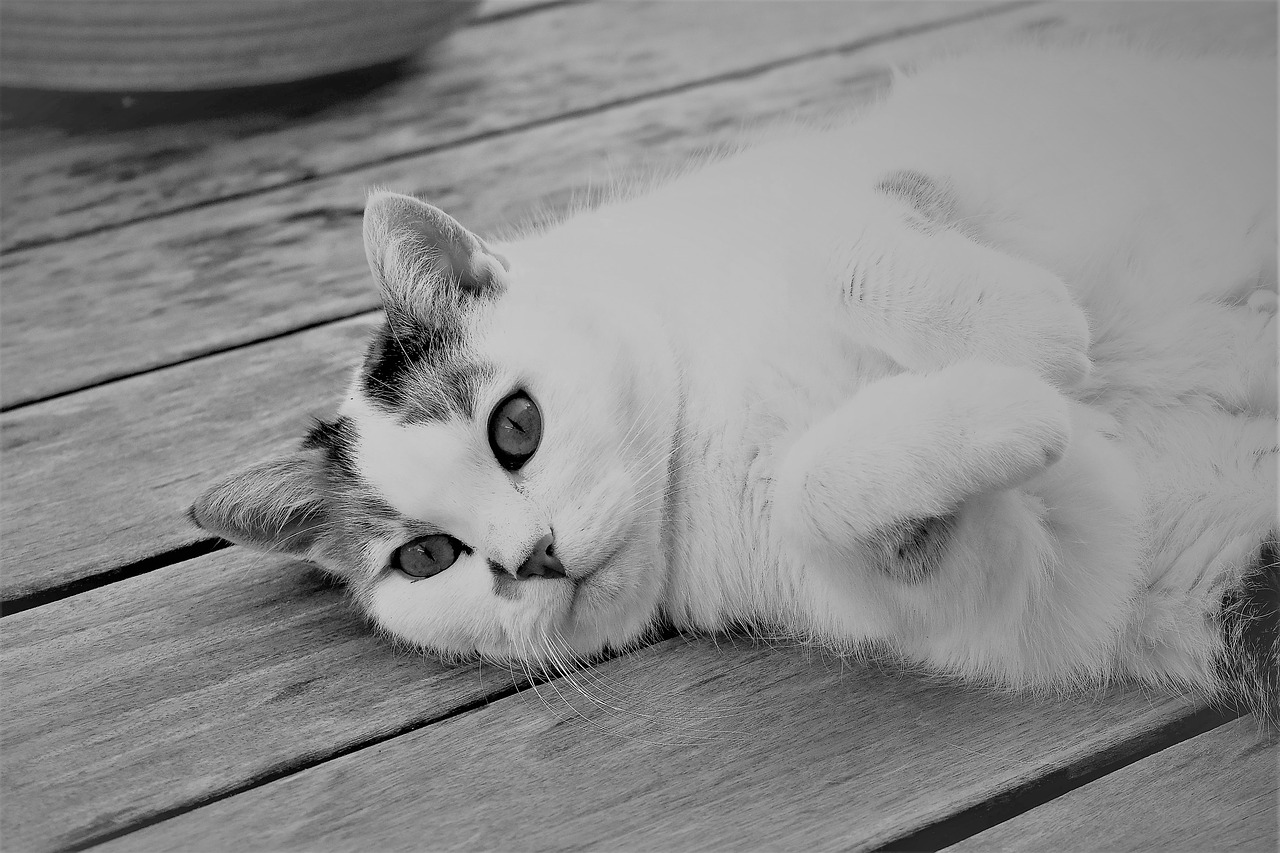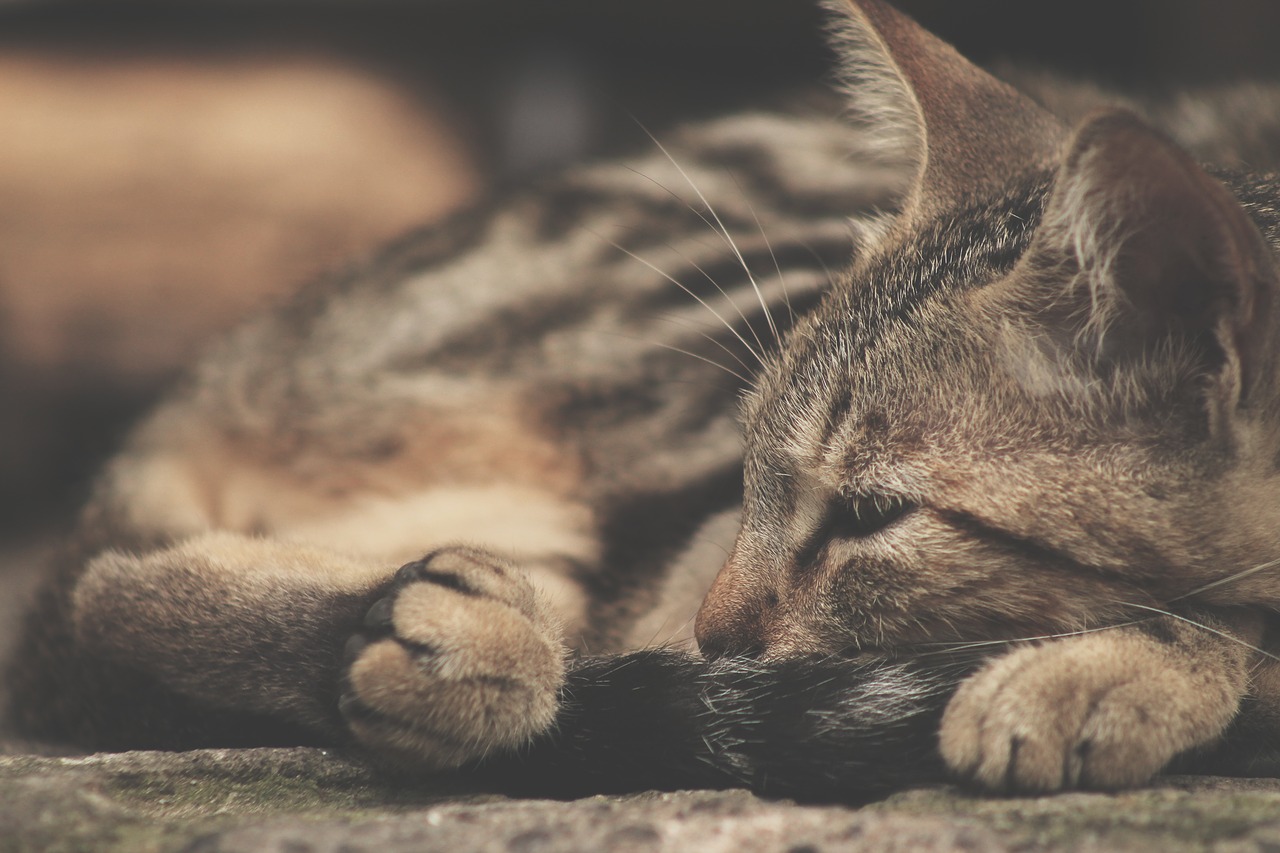Properly administered anesthesia will keep your kitty comfortable and pain free during his or her medical procedure. Whether it’s surgery like spaying/neutering or routine dental work, cat anesthesia is a routine part of the veterinarian office.
And while there are risks associated with any medical procedure, the incidence rate when it comes to anesthesia is quite low. Of course, we never want there to be any complications which is why we follow prescribed protocol about when and how to use anesthesia.
It starts with assessing the health of your cat. Healthy cats rarely have problems and the reasons for the proposed anesthesia -- spaying/neutering, for example -- generally outweigh the risks. Cats who are at risk tend to be older, have weight or existing heart problems.
As part of your cat’s assessment, we may recommend doing a preliminary pre-anesthetic screening to determine any potential problems and/or which type of anesthetic will work best.
First, let’s look at what anesthesia is, according to Merriam Webster -- it’s a “loss of sensation with or without loss of consciousness.” It’s a modern-day miracle of medicine and makes medical procedures relatively pain-free for the patient.

Types of Anesthesia
There are also two primary ways anesthesia is administered.
There’s the inhalant type where your cat inhales the agent and there’s the injectable type which is administered by a shot. According to Cornell’s Manuel Martin-Flores, DVM, “Anesthetic agents, which are administered by injection under the skin, intravenously, or by inhalation, may be either local or general, their selection depending on the nature and duration of a procedure and the origin of the potential pain.”
Within those boundaries, there are also different types of drugs used within them.
Injectable Anesthetic
"Injectable anesthetic agents fall into three main groups: Barbiturates, Dissociative Anesthetics (DAs), and Nonbarbiturate Hypnotics. Acepromazine, the most commonly used sedative, is used in conjunction with an analgesic, such as pethidine or buprenorphine to provide a reliable sedation. Propofol (a nonbarbiturate hypnotic), is the "injectable of choice" for certain veterinary procedures, as it is quick-acting, offers a rapid recovery period, and rarely induces drug aftereffects. Dosage for propofol, as for all licensed drugs, is governed by the FDA. However, propofol is contraindicated for cats with certain liver diseases, since it is primarily metabolized via the liver.” (Source: thespruce.com)
Inhalant Anesthesia
Inhalant anesthesia is administered via a mask or tracheal tube. Isoflurane is one drug commonly used in veterinary practices. It’s considered very safe, typically has a quick recovery time, and has even been used in animals with heart problems. Your veterinarian will choose the type of anesthesia to use based on his or her experience and your cat.
Monitoring During and After
While your pet is under the effects of anesthesia, their vital signs will be monitored by a trained person. Either the anesthesiologist or a Certified Vet Tech will keep an eye on your pet throughout the procedure.
Typically, during the procedure, a breathing tube is inserted in your pet to help keep the airway open and unobstructed so oxygen can continue to flow.
“Your pet's condition should be continuously monitored while she's 'out' and then in recovery until she's no longer under the influence of the anesthesia.
Typical vitals measured include:
- Body temp
- Respiration and pulse rates
- Blood pressure
- Blood oxygen and CO2 (carbon dioxide) levels
- ECG or EKG
I recommend asking your vet how they monitor these parameters, as well as control body temperature during anesthesia. Your pet should appear normal to you by the time you pick her up after a procedure during which she received anesthesia. You might notice she's a bit sleepy and less active for 12 to 24 hours after you get her home. But if she seems really sluggish, groggy, or out of it, call your vet or an emergency animal clinic right away.” (Source: Mercola.com)
The biggest complications from anesthesia usually come in the first 1-3 hours after the procedure as the patient wakes up. Your veterinarian will keep you kitty under observation during that time. When they release your pet to go home, they’re confident he’s stable. You’ll receive a list of recommendations to help your pet recover.

Recovery Pain Medication It’s normal for your pet to experience pain as they recover. The first day or two, your cat will probably sleep more than normal. This is the the body’s opportunity to heal and your kitty needs to rest. Your veterinarian will likely give you some type of pain medication too.
If your cat seems especially uncomfortable, call your veterinarian to find out what you can do. Whatever you do, don’t give Advil or other over the counter human drugs to your cat as they can be toxic.
As always, if you have any questions about cat anesthesia, your vet will be happy to answer them. Do you need to make an appointment for your cat?


